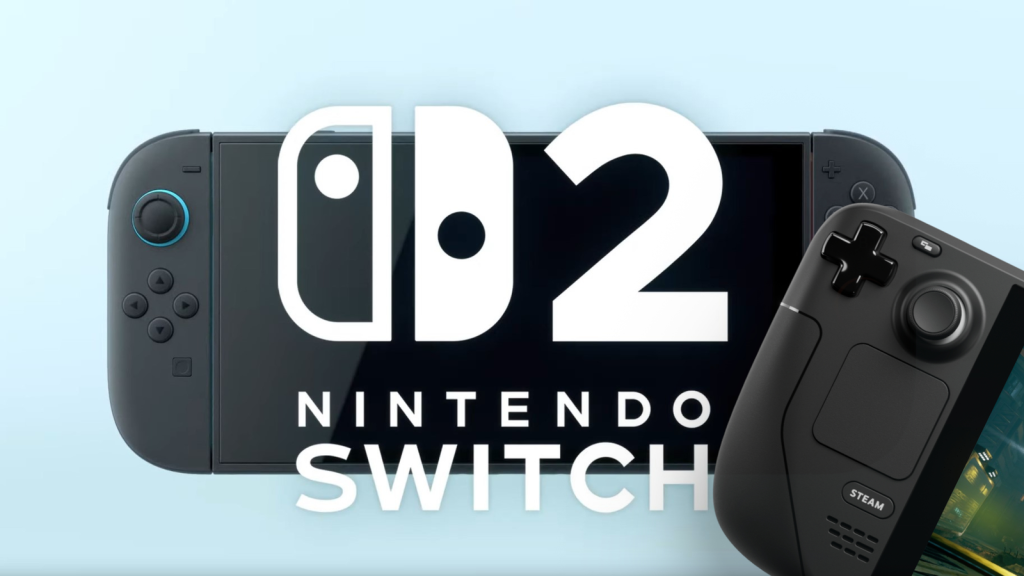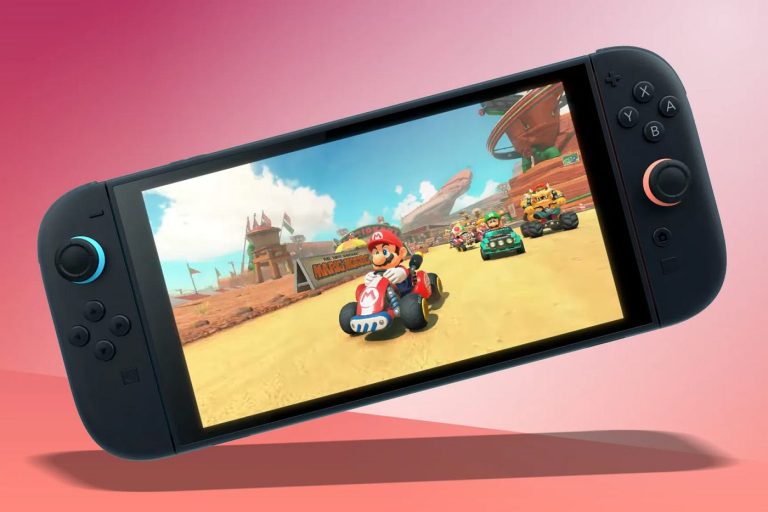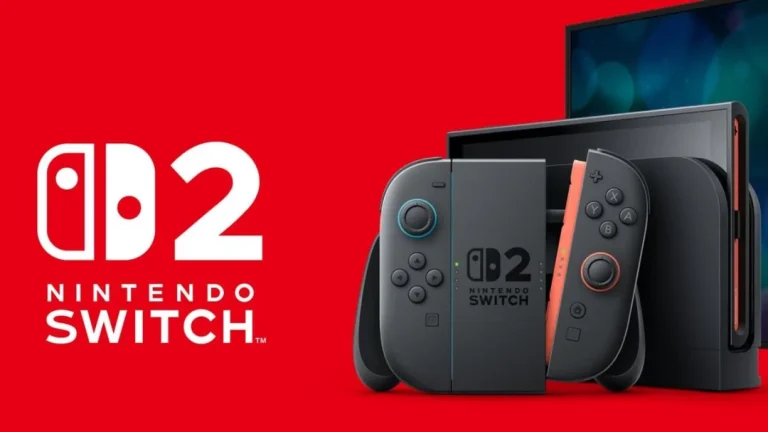
The biggest competition for Valve’s Steam Deck in 2025 isn’t coming from another Windows-based handheld, it’s from Nintendo’s upcoming Switch 2. With a price of $449.99, launching on June 5, the Switch 2 sits right between the Steam Deck’s $399 LCD model and the $549 OLED version.
Ironically, while the Switch 2 might have better display tech, a more powerful Nvidia chip, and features like DLSS and ray tracing, the Steam Deck still wins when it comes to game affordability and overall value. It’s a tough choice for gamers, especially in an economy where every dollar counts. Let’s break down how these two handhelds compare in every key area.
Price and Availability
Nintendo is rolling out two versions of the Switch 2: the base $449.99 model and a $499.99 bundle that includes Mario Kart World. Preorders open on April 9, and you’ll be able to grab the console, accessories, and launch games then.
Valve’s Steam Deck, on the other hand, keeps things simple, there are two models. The $399 Steam Deck LCD and the premium $549 Steam Deck OLED. Unlike the Switch 2, the Deck doesn’t come with bundled games. In the US, you can only buy it through Steam, while international markets have various retail options.
Display Showdown: Resolution, Refresh Rate, and More
This is where things get really interesting. Nintendo surprised everyone by equipping the Switch 2 with a 7.9-inch 1080p LCD touchscreen that supports 120Hz refresh rate, Variable Refresh Rate (VRR), and HDR10. This is a major step up from the original Switch’s 720p screen and is even better than the Steam Deck LCD in many ways.
However, Valve still has an ace up its sleeve: the Steam Deck OLED. While its 7.4-inch 800p OLED screen has a slightly lower resolution than the Switch 2, it offers deep contrast, punchy colors, and a smooth 90Hz refresh rate with HDR support. It’s also missing the chunky bezels found on the Steam Deck LCD.
The biggest difference? VRR support. The Switch 2’s VRR allows it to adapt its refresh rate to match a game’s frame rate, preventing screen tearing. That’s a big win, especially when you consider that only a handful of handhelds (like the Lenovo Legion Go S) currently offer VRR.
Related links you may find interesting
Performance and Battery Life
Both devices have powerful custom chips, but they take different approaches:
- Steam Deck:- Runs on a custom AMD APU (Zen 2 CPU + RDNA 2 GPU). While it handles most PC games at respectable settings, not all games can hit 90Hz, even on the OLED model. Some titles use AMD’s FSR upscaling, but this can come with a hit to visual clarity.
- Switch 2:- Uses a custom Nvidia processor. Nintendo claims it can hit 120 FPS in handheld mode and 60 FPS at 4K when docked. It supports DLSS and ray tracing, but we don’t yet know how these features will perform across different games.
Battery life varies widely depending on what you play. Here’s how they compare:
| Device | Battery Life |
| Switch 2 | 2-6.5 hrs |
| Steam Deck LCD | 2-8 hrs |
| Steam Deck OLED | 3-12 hrs |
The Steam Deck OLED pulls ahead with a 50Wh battery vs the LCD’s 40Wh, helping it last longer on a single charge.
Storage and Expandability
The Switch 2 comes with 256GB of UFS storage, and while you can’t upgrade the internal drive, it does support microSD Express cards, which are much faster than standard microSDs. These cards support up to 2TB, though 1TB is the highest available for now.
Meanwhile, the Steam Deck offers more flexibility. It uses M.2 2230 SSDs, meaning you can swap out the internal drive (without voiding the warranty). It also supports UHS-1 microSD cards for extra storage, though these are slower than the Switch 2’s microSD Express.
Docking and Hybrid Use
Both devices can switch between handheld and docked modes:
- Switch 2 Dock:- Comes included with every console. It features an HDMI port, USB-C for power, and an Ethernet port.
- Steam Deck Dock:- Sold separately for $79. It has HDMI, DisplayPort, three USB-A ports, Ethernet, and USB-C for power.
One small difference: The Switch 2 dock unlocks extra performance in docked mode, while the Steam Deck dock doesn’t boost performance at all.
Games and Software: Steam vs Nintendo’s Library
The biggest factor for many gamers is game availability and pricing.
- Steam Deck runs PC games from Steam, giving you access to a massive library with frequent discounts. However, not every game is compatible due to anti-cheat issues or software limitations.
- Switch 2 is backward compatible with most original Switch games but offers new “Switch 2 Edition” upgrades for select titles. Some games, like Mario Kart World, will be exclusive to the Switch 2.




